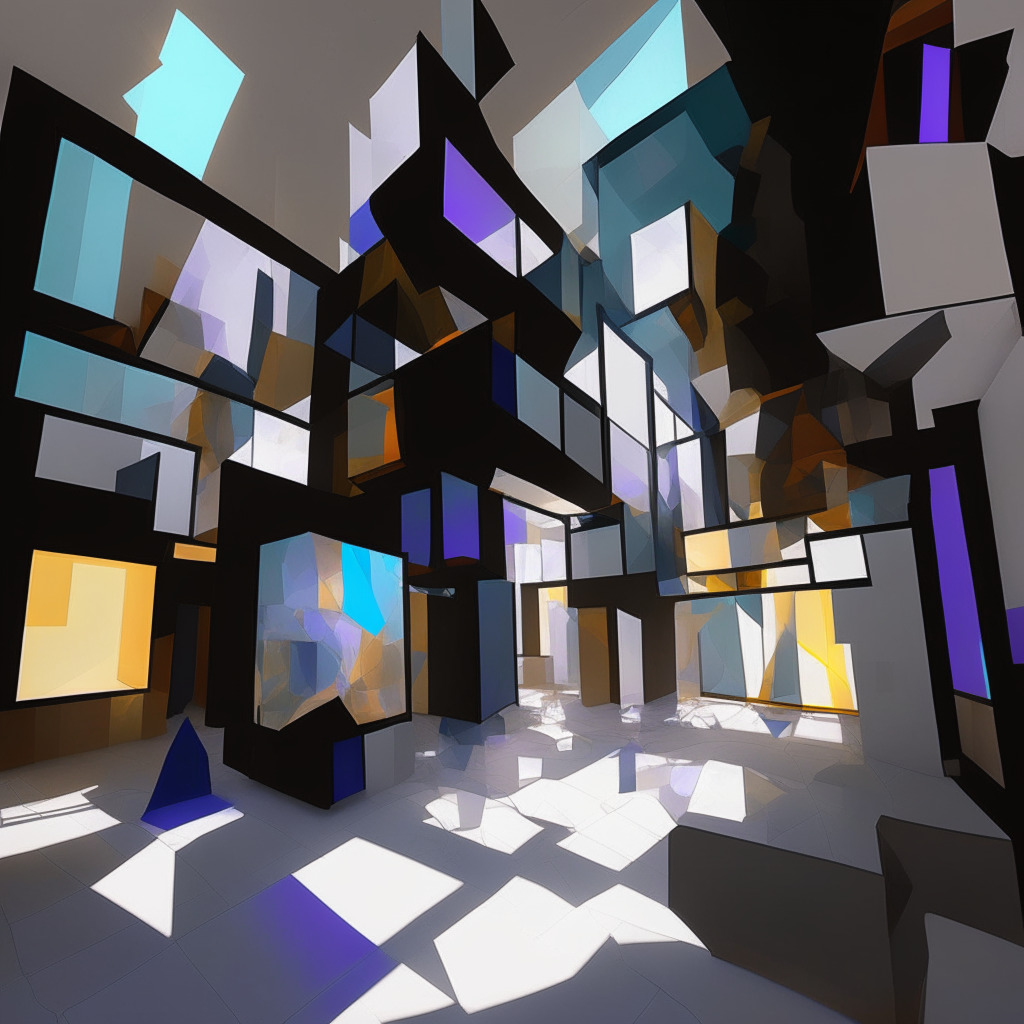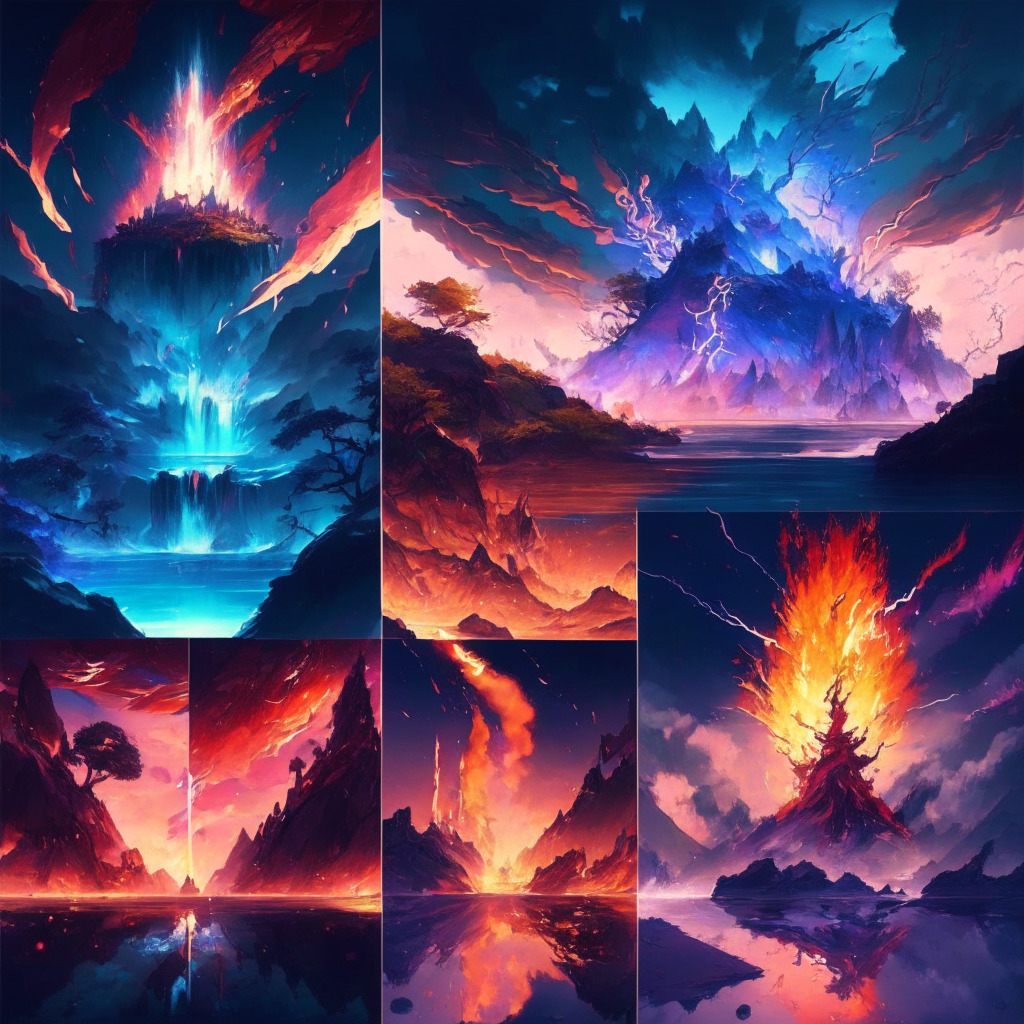Sotheby’s recent launch of the blockchain Gen Art program from their new location in the Met Breuer’s building ignites a fascinating discussion over blockchain’s promising role in the art world, particularly in contrast to the focus on technology. Being a successful auction house, Sotheby’s move to the on-chain Gen Art program is both strategic and daring. The Gen Art program, powered by the Art Blocks platform, will offer unique generative artworks, all recorded on the Ethereum blockchain.
Renowned early algorithmic artist Vera Molnár’s work, produced alongside coder Martin Grasser, will be the first to christen the program. Thus, the shift marks a significant moment for the blockchain and art world, showcasing how blockchain technology could potentially revolutionize the ways art pieces are bought, sold, and distributed.
The Gen Art program isn’t just an impressive stride for Sotheby’s but also indicates broader transformation within the art marketplace where blockchain takes the driver’s seat. By marking all sales exclusively on the Ethereum blockchain, Sotheby’s now joins various other institutions in making a significant leap into Web3.
However, the transition also opens up a host of uncertainties. As we know, the value of digital coins fluctuates making the digital art market a risky space for traditional artists. Even with this facet skimming the surface, skeptics question whether such a transition might forego traditional art values in the rush to digitize everything.
Surely, it adds layers of technological integration, but will it preserve or, worse, compromise the essence of art? Will the technology completely overshadow the art it aims to elevate? Erick Calderon, Art Blocks founder and CEO, assures us that blockchain technology is indeed “taking a back seat to the content being created.”
While the scepticism still lingers, pioneers like Sotheby’s and Vera Molnár are willing to test these waters. With Sotheby’s stepping ahead with a full-on-chain mode, they certainly add legitimacy to the potential role of blockchain in the art world. From the looks of it, the transition may indeed offer a revolutionized and seamless merging of art and tech, thereby opening new pathways for artists, collectors, and technologists alike.
Technology, especially blockchain, does not have to be a backseat passenger. Instead, it can comfortably share the ride with art, change lanes when required, and ensure a safe journey for all involved. So to the sceptics, blockchain technology might not be the detour, but the very road that holds the potential of leading art into a future that is more diverse, accessible, and inclusive.
Source: Cointelegraph




